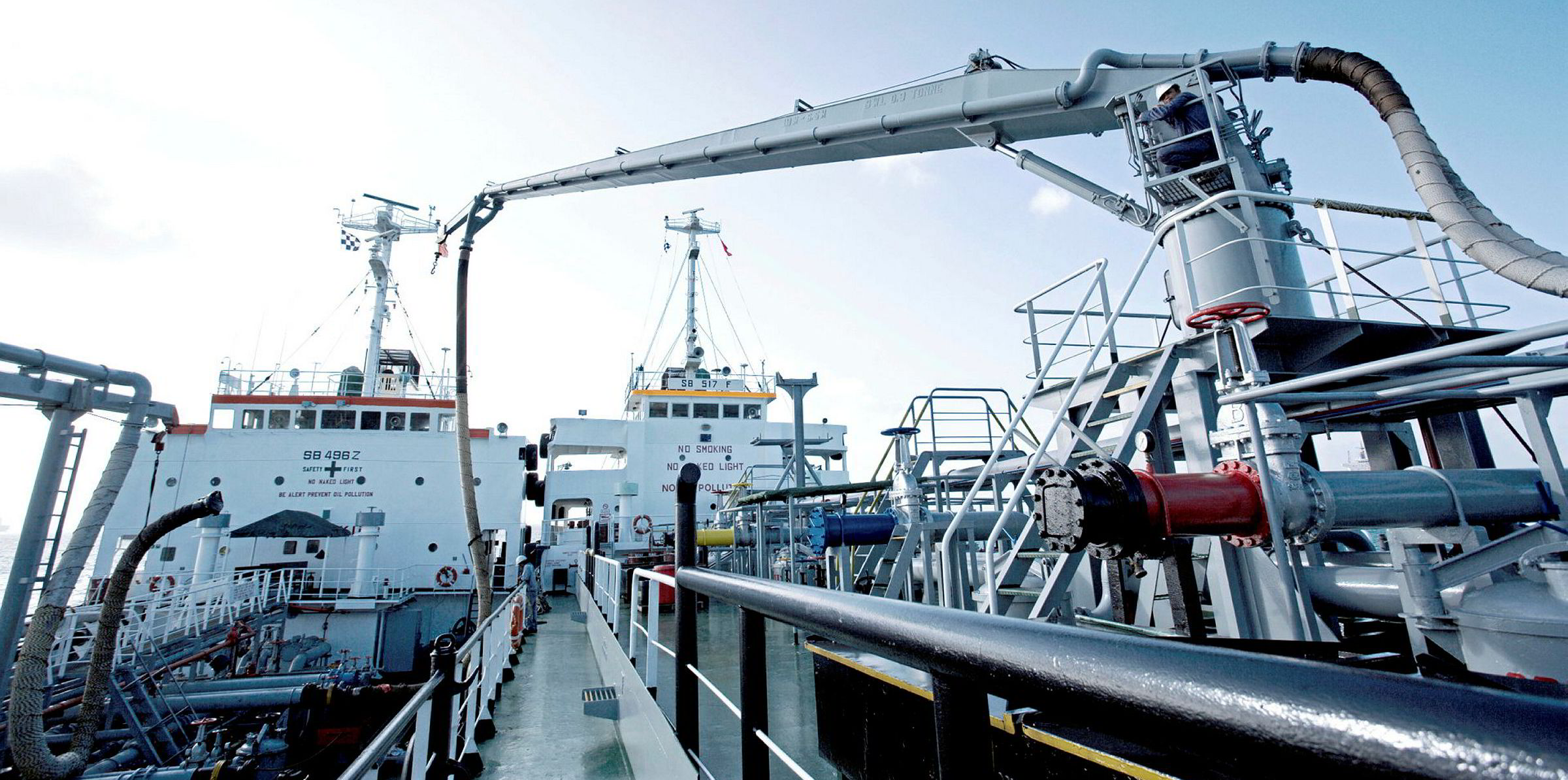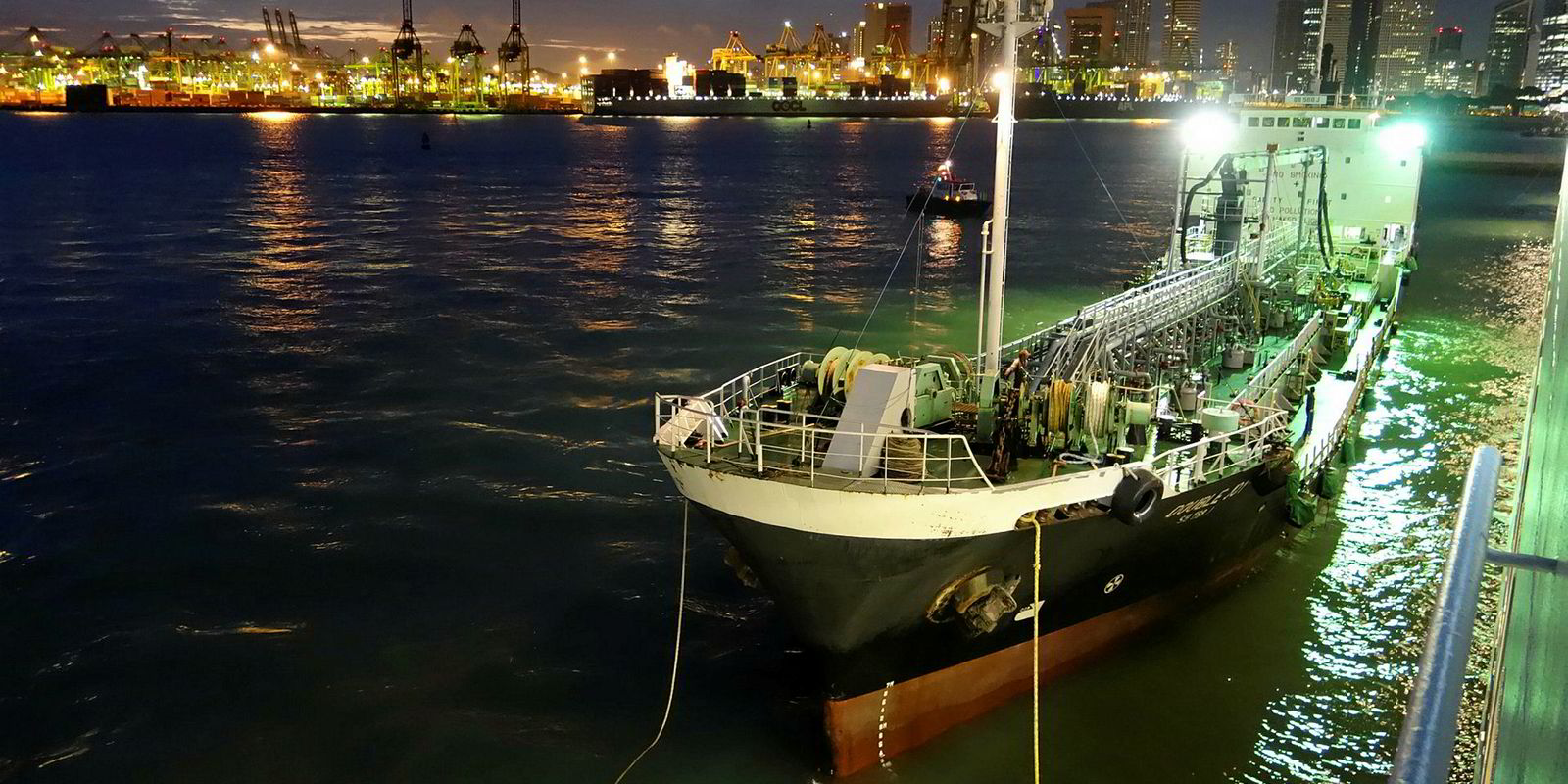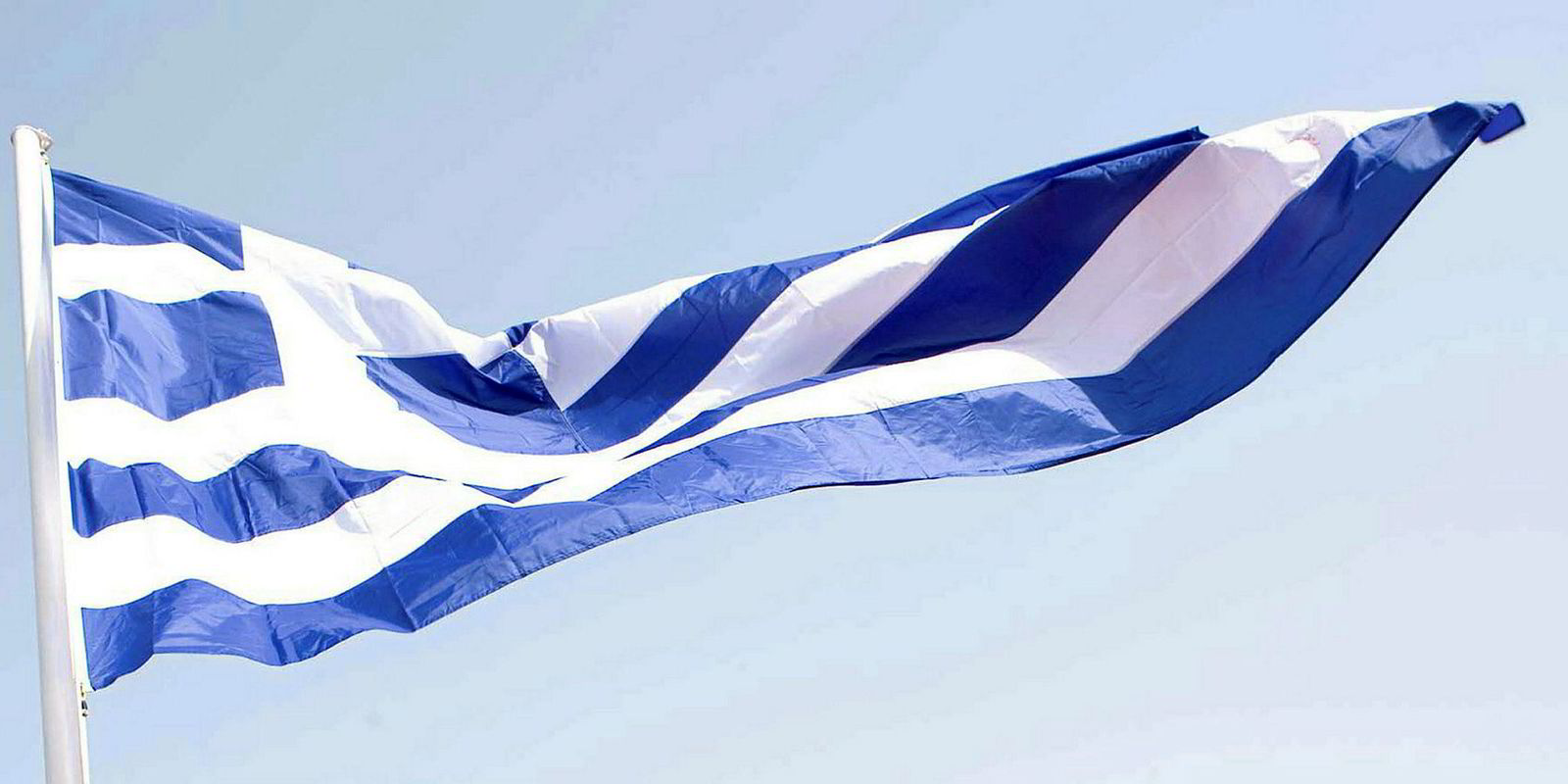The International Association of Independent Tanker Owners (Intertanko) has done the maritime world a favour by raising the red flag over bad bunkers.
There is every reason why there needs to be a major debate — and firm action — taken to ensure the purity of global fuel supplies.
Bunkers are the lifeblood of the shipping industry and, ultimately, the world trading system, so must be 100% reliable.
The fact that, in 16 months' time, shipowners will face the biggest shake-up in fuel standards — arguably since oil replaced coal — makes this debate vital.
There are already concerns there will not be enough low-sulphur fuel available in 2020, which is raising fears that some may try to cut corners.
Clearly the current bad-bunkers row could be used as a weapon by those who want to put back a deadline for low sulphur, which I would argue against at this stage.
Intertanko may not have helped in this regard by raising the fuel contamination issue alongside a headline: “Prelude to 1 January 2020 safety problems?” in what it describes as a critical review of the issue, published on 10 August.
Already, there are claims that up to 100 vessels may have been hit in the latest wave of contaminated fuel. But the real scale of the problem is unknown as it may take time for the fuel to clog a system.
It hardly needs spelling out that this issue threatens lives and the environment, as well as profitability and commercial relationships
And, of course, this is essentially a fuel-supply industry problem, but one that should disturb the IMO.
Bad bunkers have been supplied in the US Gulf, in Caribbean ports and in South East Asia, notably Singapore.
These contaminated fuels are triggering mechanical failures, small and large, up to full engine breakdown.
It hardly needs spelling out that this issue threatens lives and the environment, as well as profitability and commercial relationships.
Neither is it the first time that it has arisen. As Intertanko pointed out, there have been major problems with contaminated fuels in the Houston area going back as far as 2007, as well as earlier this year.

I can understand why tanker owners are exasperated. Currently, little alarm has been expressed, much beyond a relatively low-key marine safety alert issued in early June by the US Coast Guard (USCG).
Meanwhile, a Reuters report last month quoted marine fuel surveyor and consulting firm Maritec as saying six samples of contaminated fuel it tested seemed to point to Estonian or US shale-derived products. But it is more likely that something had been added along the way.
“The problem fuel fully met the ISO8217:2005 specifications in all respects but was found to contain chemicals not from petroleum refining,” Maritec said.
This clearly raises the fact that bunkers can pass internationally recognised quality standards but still clog up fuel pumps, filters and ultimately halt main engines.
The USCG references fuel tests that suggest the contaminant could be the compound 4-cumylphenol, which has various adhesive qualities making it useful for manufacturing epoxy resins or as an emulsifier in pesticides. It looks like this and/or other compounds may have been in lighter petroleum products added to heavy fuel oil to make it flow more easily. But we do not really know and we need some answers.
What is clear is that the use of 4-cumylphenol is not in compliance with regulation 18.3 of Marpol Annex VI nor clause 5 of the ISO standard 8217, the International Organization for Standardization’s provision on marine fuels.
It is surely time that everyone got together, including the marine insurers and protection and indemnity clubs who must be aware of dozens of claims and disputes arising as a result of this issue.
But it is a matter for governments as well as marine and fuel organisations to get a handle on this problem — where it came from and ensure it is stamped out.
That could take time and, while it is underway, there needs to be much more publicly available alerts and data on fuel incidents.
Ship operators need to sample and test fuels before use and report deficiencies to Intertanko and others.
Ultimately, marine-fuel suppliers are in the firing line here. They need to triple check what they are selling or face consequences.
With low sulphur on the way, it is now or never for regulators to ensure bad bunkers can always be tracked down early and eliminated.





